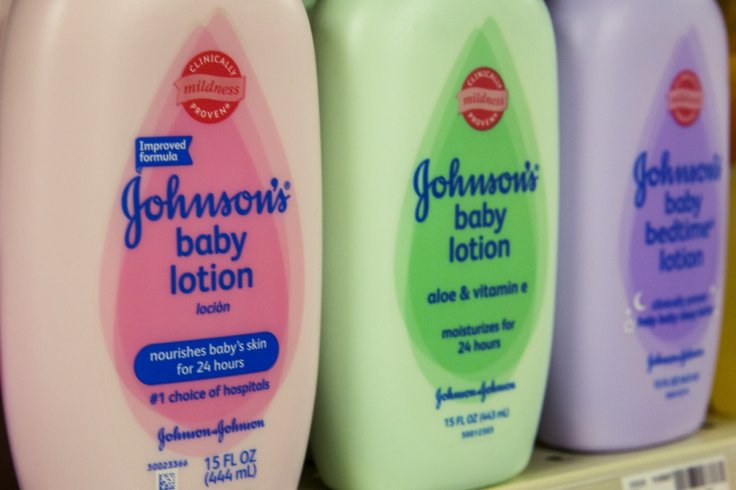
Johnson & Johnson raised U.S. prices on around two dozen prescription drugs on Thursday, including the psoriasis treatment Stelara, prostate cancer drug Zytiga and blood thinner Xarelto, all among its top-selling products.
J&J joined many other companies that raised U.S. prices on hundreds of prescription medicines earlier this month.
Most of the J&J increases were between 6 percent and 7 percent, according to data from Rx Savings Solutions, which helps health plans and employers seek lower cost prescription medicines.
The increases came on the same day that Democratic members of Congress introduced proposed legislation aimed at lowering the cost of prescription drugs for American consumers.
J&J said the average list price increase on its drugs will be 4.2 percent this year. However, it expects the net price it actually receives for its medicines to drop. That is because drugmakers negotiate rebates and discounts off the list price with payers in order to ensure patient access to their products.
The company does not plan to raise prices on any more drugs this year, J&J spokesman Ernie Knewitz said.
Drugmakers kicked off 2019 with U.S. price increases on more than 250 prescription medicines by Jan. 2. That total has almost doubled, with pharmaceutical companies hiking prices on nearly 490 drugs by Jan. 10, according to Rx Savings.
This includes insulin price hikes of between 4.4 percent and 5.2 percent by Sanofi and 4.9 percent by Novo Nordisk.
Sanofi said its increases were below the Centers for Medicare & Medicaid Services projections for medical inflation, and that it expects net prices to drop in 2019. Novo Nordisk said its raised list prices help offset increases in rebates to insurers and pharmacy benefit managers.
With pressure from lawmakers and the administration of President Donald Trump intensifying, the pace of drug increases has been slower than last year, when drugmakers raised prices on around 650 drugs over the first 10 days of 2018.
The United States, which leaves drug pricing to market competition, has higher prices than in other countries, where governments directly or indirectly control costs. That makes it by far the world's most lucrative market for manufacturers.
The U.S. Department of Health and Human Services has proposed policy changes aimed at lowering drug prices and passing on more of the discounts negotiated by health insurers to patients. Those measures are not expected to provide relief to consumers in the short-term, however, and fall short of giving government health agencies direct authority to negotiate or regulate drug prices.








